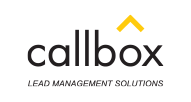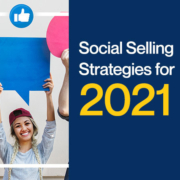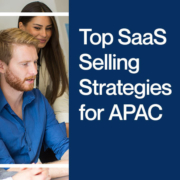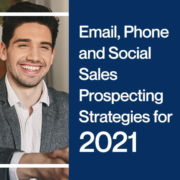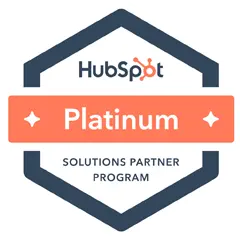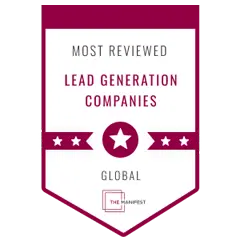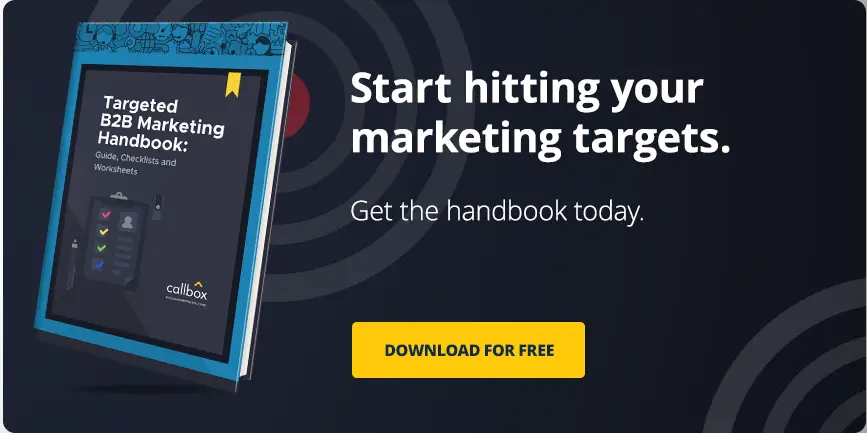There have been many uncertainties in 2020, and organizations that are still standing strong until now have to prepare to adapt their approach on a strategic level in 2021.
Even with the technological advances we made this year, there is still a lot to be learned and to be prepared for in the coming year.
To help you elevate your prospecting skills, we have listed our top sales prospecting strategies for 2021.
Email
Hyper-Personalization
personalization matters. According to Campaign Monitor, emails with personalized subject lines are 26% more likely to be opened. And, Experian found that personalized emails get 6X higher transaction rates.
That’s huge. But just adding your recipient’s name in your email subject line and email copy won’t be enough to sway most consumers in 2021. Consumers are now looking for hyper-personalized content that gives them information relevant to them, and that feels like it was meant only for them. In fact, according to Lucid, roughly 20% of people will unsubscribe from a newsletter if the content or promotions don’t match their interests.
you can start sending hyper-personalized content by using segmentation and dynamic content.
Email list segmentation is the process of grouping email subscribers into smaller segments based on certain criteria. This could be anything from location, purchase history, interests, behavior, and a lot more. Using these segments, email marketers can create content that is specifically for each segment instead of sending the same message to everyone.
This process is made a lot easier if you have an email marketing service that allows for the use of dynamic content. Dynamic email content is any personalized part of a marketing email that changes depending on your email list segments. You can create hyper-personalized emails by adding variables to your mailing list and segmenting your list.
Interactive Emails
AMP (Accelerated Mobile Pages) will mean great things for interactive emails. Using AMP, you can add interactive content directly into your marketing emails. So, if you want to show off a few different products, you can add a carousel and shopping options right in the email instead of linking out to a landing page.
This means that your subscribers will be able to view products, shop, and more straight from your email. No clicking, clicking, clicking to get to the right page only to click more to complete a purchase. Every time you reduce friction, making it easier for subscribers or shoppers to complete an action, you increase the likelihood that they’ll actually complete that action.
Automation
As you can probably tell, personalization can be pretty labor-intensive. And that brings us to number six on our list of email marketing predictions for 2021: automation.
When you combine analytics with email marketing, you can trigger hyper-personalized email marketing campaigns that are based on user behavior. This might look like allowing your subscribers to choose the information they want to receive from you and how often or sending personalized shopping recommendations based on purchase history.
Phone
Lead with a snappy intro, and get right to the value
We’ve already talked about how not to start your prospecting call.
So, how should you start?
In a few seconds, you need to tell your prospect about vital information that will keep them on the phone:
- Who you are
- What your company does
- Why they should care
Getting this information out in two or three short sentences allows prospects to quickly determine whether or not they want to listen to what you have to say, which saves both parties time and energy
Ask questions that confirm the challenges your clients face.
“What challenges are you facing…”
While this is a common question to ask prospects, it may not be the best.
In reality, asking this question tells your prospects that you don’t know all that much about their company or industry.
Before you get on the phone, you should already know what challenges your prospects are facing.
So instead, ask questions like these:
- “From the other [industry] businesses that I’ve talked to recently, I keep hearing that […] is a huge problem this time of year. Is that true for you as well?”
- “It seems like everyone is talking about this issue with […] lately. How has this affected your company?”
- “Do you find that […] keeps happening to you as well?”
- “How often does your team face […]?”
This will show prospects that you are up-to-date on what’s going on in their industry, and your solutions will be tailored to their problems.
Ask questions that reveal where they are in the buying process.
Above we mentioned how important it is that you find out where prospects are in the buying process before you start selling to them.
So, how do you find out which stage this prospect is in?
The questions you asked above will tell you if your prospect has already recognized that they have a problem. Then, you can move on to questions like these:
- “What solutions are you currently using to work around […]?”
- “How is that solution working out for you?”
- “What kind of ROI are you seeing from your current solution?”
- “Is that the ROI that you were hoping to see with this solution?”
- “What’s your goal ROI for this solution?”
- “What other providers are you considering at this point?”
- “How soon do you need this problem to be solved?”
These questions allow you to customize your pitch to this client’s needs and show you how close you are to nailing this sale.
Tailor your message to each individual prospect.
Obviously, a large amount of research should go into each prospect. You need to know details about their business, their ideals, and their company goals. Here are two quick ways to do that:
- Devour the content available on their website. Check out the About page for information about their ideals and goals, and read some posts on the company blog to see the latest news about the company itself.
- Scrolling through their social media profiles will also help you dig up valuable information. Find out what they’re doing and where, what conferences they’ve attended, what other B2B companies they are working with, and what kind of brand personality they are trying to portray.
Then, you need to tailor your pitch to that particular prospect.
This will involve quite a bit of work on your part. However, that work will pay off in the end. One study found that 61% of buyers would be extremely influenced to take a meeting by content that is customized to their brand.
So, get involved in their company. Be genuinely helpful in getting them the solutions they need, and make your presentation speak to what this company actually wants
Social
Content Marketing
The goal of content marketing is to create and share relevant, engaging content that gets your audience interested in learning more about your brand, products, or services. The most common types of content marketing include blogging, infographics, visual content, ebooks, and lead magnets.
Business to Business (B2B) and Business to Consumer (B2C) companies alike can use content marketing to grow their email lists, inspire social shares, increase downloads, and generate more leads or sales. The beauty of content marketing is that you can get as creative as you like and easily track success with content marketing analytics.
Leveraging User-Generated Content
Did you notice that when you respond to users’ comments on your social media account, they tend to reply? What does it show?
It is a great way to engage your target audience. When you respond to their social media comments, you gain their trust in you.
However, only responding to their comments is not the only solution. User-generated content is a great way to create trust among your target audience and attract and subsequently convert them into customers.
Understandably, consumers are more likely to believe what fellow consumers say about your products and services. They tend to think that the fellow consumers will be truthful about whether your business offerings are worth buying.
It would help if you showed your target audience what your existing customers say about your products and services to attract their attention. It will put you in an advantageous position to enable you to convert them into customers.
However, things are not that rosy. You will find it challenging to find the right content about your business, as all customers do not post about their purchases and experience with your products and services.
Therefore, you should make sincere efforts to encourage your customers to share their experiences with your brand on social media platforms. And make sure that you do not fall behind in asking your customers to use your official hashtag so you can easily find them on social media.
So, when 2021 sets in, ask your customers to post their experiences about your brand on social media. It will broaden your reach to your target audience.
Mobile-optimized Content
Mobiles have increased across all sections of people. And most people nowadays use their smartphones rather than desktops or laptops to check their social media accounts. With that in mind, you should create mobile-optimized content for your social media platforms, as posts designed for desktops or laptops do not always fit well on smartphone screens.
Likewise, post images that are optimized for mobiles. It will also help if you post vertical videos instead of horizontal ones so they fit on mobile screens. And post short captions to your multimedia posts so that both the image or video and the caption are viewable on the screen parallel.
When you optimize your mobile devices’ content, you can attract a big chunk of social media users to your postings.
